
Archive for September 2024
Bargaining (in)visibility: Rohingya refugees and the politics of visibility in India
Structure, network analysis, psychometric properties and clinical utility of the self-absorption scale in China
The shifting motherhood penalty and fatherhood premium in China’s gig economy: Impact of parental status on income changes
Generative AI in education and research: A systematic mapping review
Supporting Children and Families returning home from care: Counting the costs
Understanding Theories and Concepts in Social Policy

Evaluation Policy Study of the Second Round of the Taiwan Teacher Preparation Program Evaluation
Workplace Deviance Investigations: A Case Study of the Application of Maturity Model to a University Investigation
Nudge Theory Is Making Inroads in Health Care, With Mixed Results
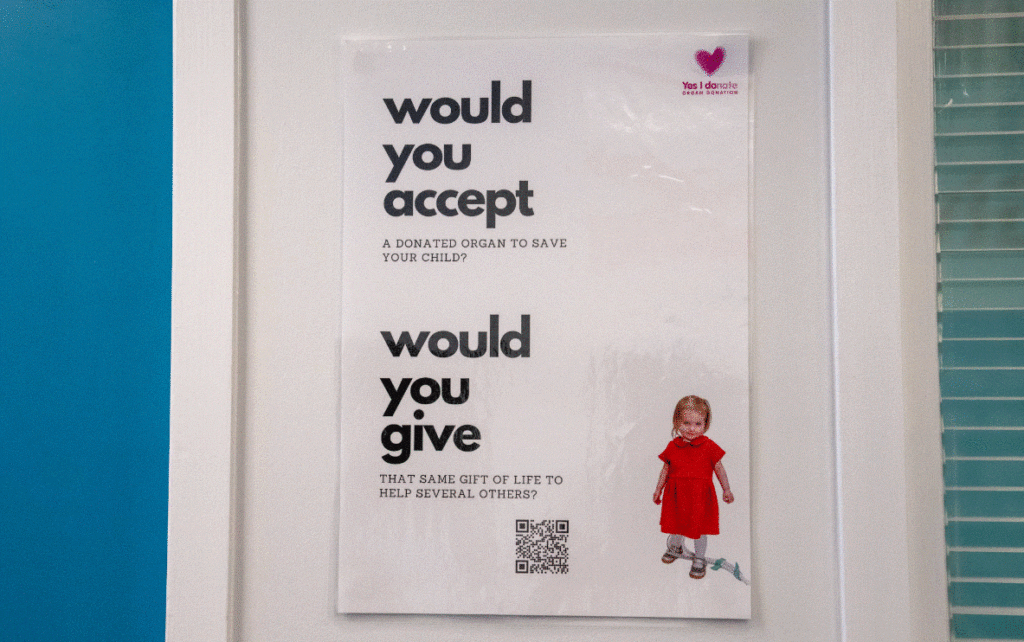
UNDARK | C Court/Getty
An organ donation sign is displayed at a blood donation center in London, England. One high-profile case study of a public health nudge gone awry is an “opt-out” policy that makes organ donor enrollment the default choice, which the U.K. adopted for adults in 2020. Families must consent for those under 18.
Psychosocial dimensions of vaccine hesitancy: A systematic review
Development and validation of supervised machine learning multivariable prediction models for the diagnosis of Pneumocystis jirovecii pneumonia using nasopharyngeal swab PCR in adults in a low-HIV prevalence setting
A Quantitative Systematic Literature Review of Combination Punishment Literature: Progress Over the Last Decade
US Military Veteran Perspectives on Eating Disorder Screening, Diagnosis, and Treatment: A Qualitative Study
Training kindergarten children on learning from their mistakes
From Lab to Life: Why Cancer Resists Treatment
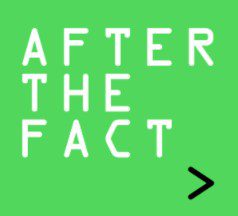
Voices of the crisis: final report from the People’s Commission into Australia’s Housing Crisis
Abusive Supervision and Burnout: Investigating the Impact of Susceptibility and Exposure to a Stressor
Effects of check‐in interval on active engagement in people with dementia
Striving to abolish a deficit approach to disability: frames applied by frontline workers and activist entrepreneurs in employment
Exploring women’s perception and attitude towards antidepressant use: a cross-sectional study
Are alternative variables in a set differently associated with a target variable? Statistical tests and practical advice for dealing with dependent correlations
Out of Place: The Lives of Korean Adoptee Immigrants
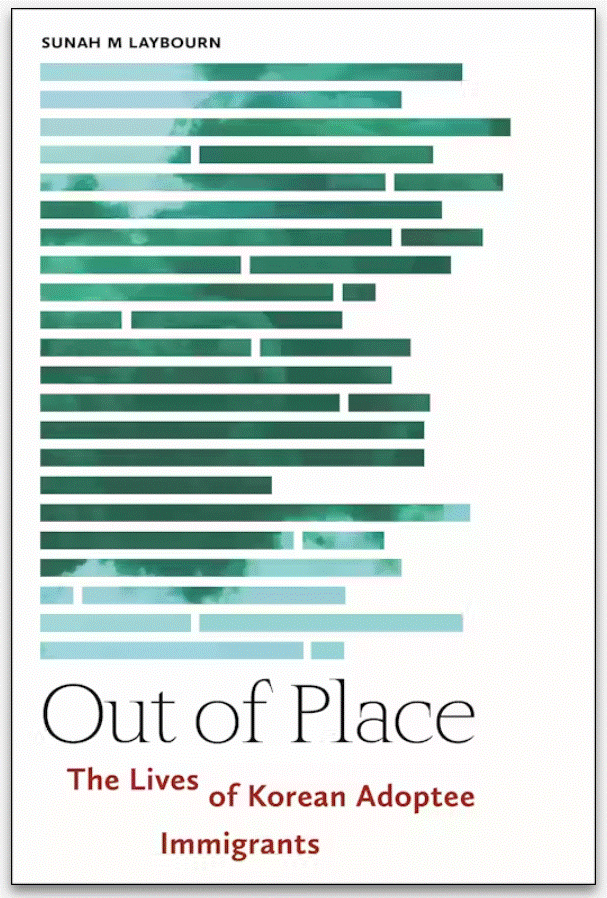
Cumulative Adverse Childhood Experiences (ACEs) and Recidivism: A Meta-Analysis
Easington Under Occupation

Medical traumatic stress: Integrating evidence‐based clinical applications from health and trauma psychology
Who Built America? Working People and the Nation’s History
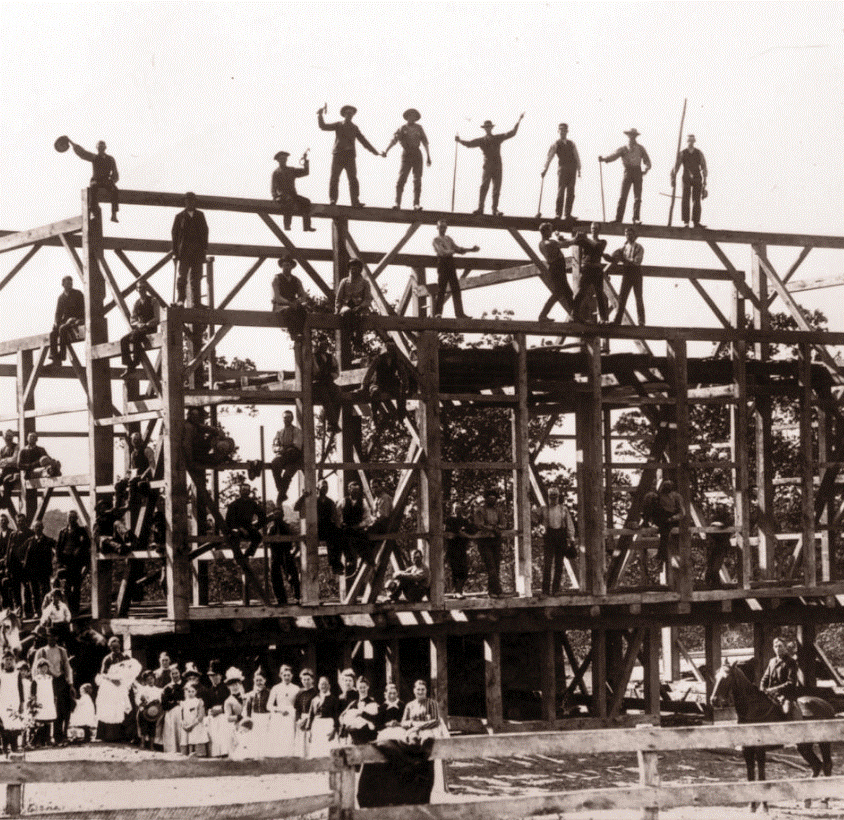
CUNY
Evaluating recovery capital to promote long‐term recovery for justice‐involved persons in South Florida
First impressions: Do faces with scars and palsies influence warmth, competence and humanization?
Mapping the way: functional modelling for community-based integrated care for older people
Summer travel is fueling California’s COVID surge. Labor Day will be big test
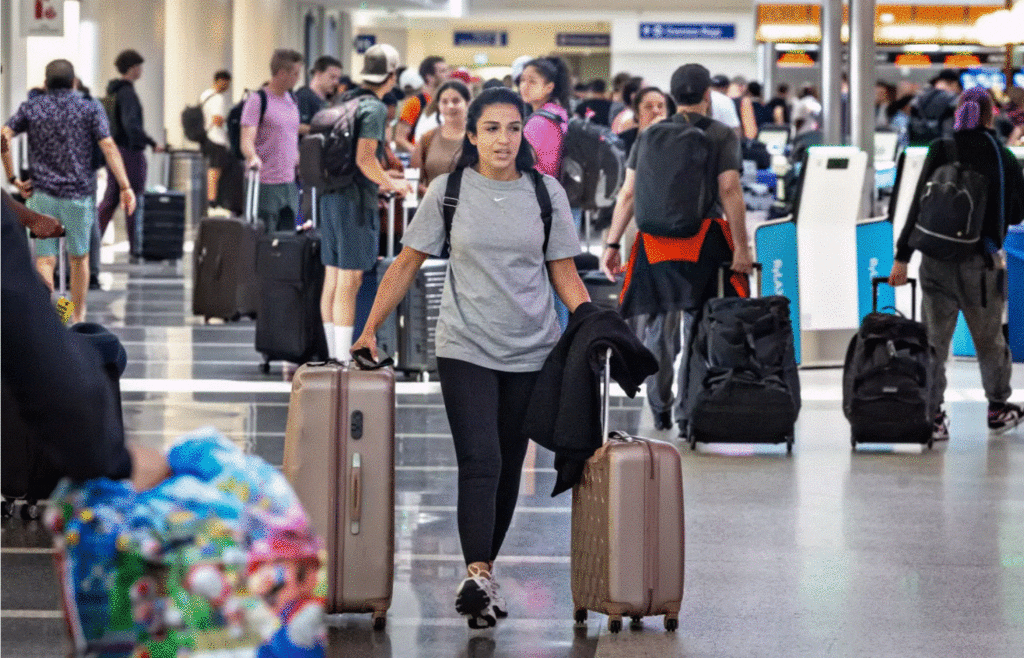
LAT | J Armond
There are a number of reasons why this summer’s COVID wave has been surprisingly strong. One is the emergence of successive hyperinfectious coronavirus subvariants. In the spring, some of the subvariants collectively nicknamed FLiRT, including KP.2, began a midyear wave. That was followed by ever-more-contagious successor subvariants — KP.3 (nicknamed FLuQE, pronounced “fluke”) — and the latest, KP.3.1.1 (nicknamed deFLuQE).
Measuring Adaptive Functioning in a Correctional Setting: An Analysis of the Problems in Everyday Living Test (PEDL)
Understanding the role of cannabis use on cigarette dependence severity among individuals with e‐cigarette and combustible tobacco dual use
Grief is not a process with five stages. It is shattered glass

PSYCHE | thelightwriter/Getty
Understanding grief as shattered glass reminds me to accept the sharp edges of being alive. It reminds me that grief is unique and that mine need not look like anyone else’s. It helps me accept that we can never completely clean up what breaks.
Should a dramatherapist disclose their sexual orientation to their clients? Perhaps they should be prepared to
Family therapy and the ecology of parallel universes
Does Social Media Impact Adolescent Mental Health?
Youth Risk Behavior Survey Data Summary & Trends Report: 2013–2023.
Historical Perspectives on Older Americans’ Voting and Political Influence: Explorations of the Effects of Individual Aging, Life Cycle, and Generational Cohort
Experiences of Respite Care Among Carers or Relatives Who are Responsible for Caring for Individuals With a Mental Illness: An Integrative Literature Review
Needs and Challenges for Volunteering in Rural Areas: Lessons Learned From a Survey of a Service Organization in Rural Michigan
Parental views on their children’s smartphone use during personal and relational activities
The COVID Tracking Project Part 2
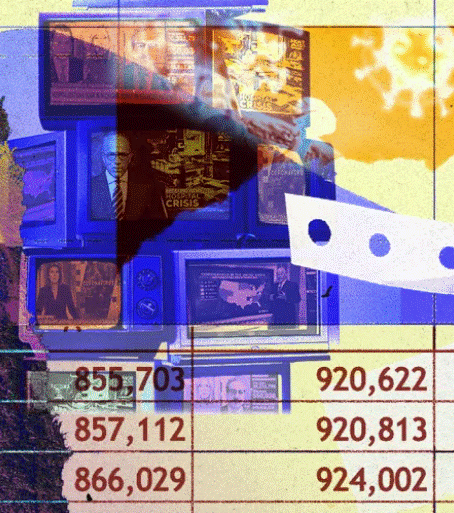
Why is Congress so out of step with the American people?
A reflection on qualitative methods activism: Advancing knowledge and expanding scientific practice.
Evaluating shortlisting methods for admission into the social work degree: personal statement versus psychological test
Food Programs and Your Rights: A Guide for Immigrant Families
Vaccines You Need as an Adult
To Fix Social Security, Increasing the Wage Base Should Be Part of the Solution
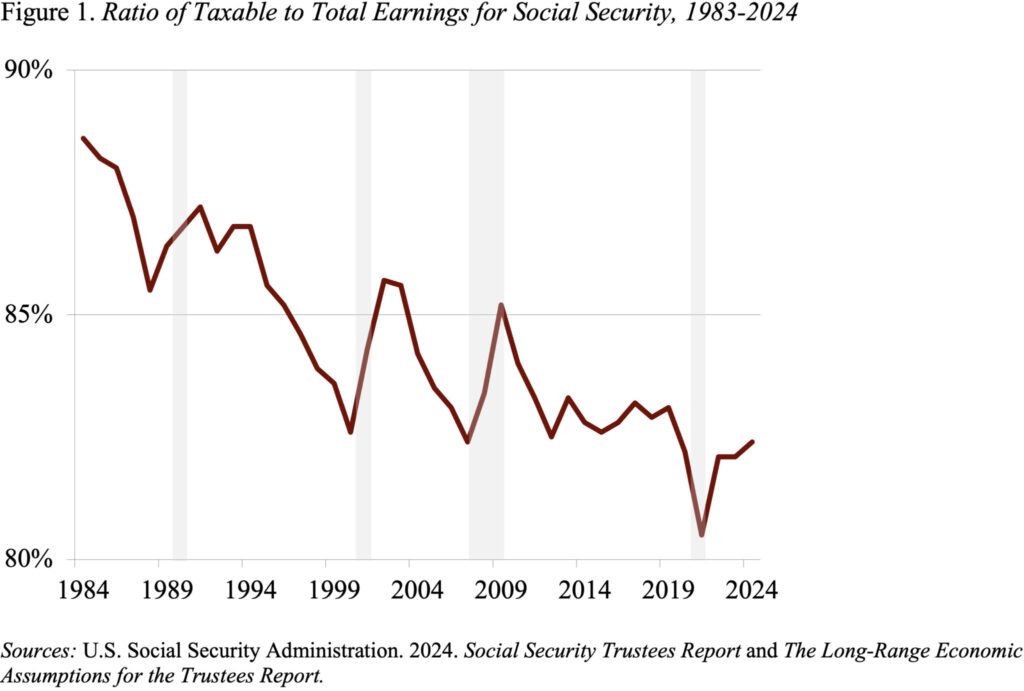
Figure-1_wage-base-2048x1381-1